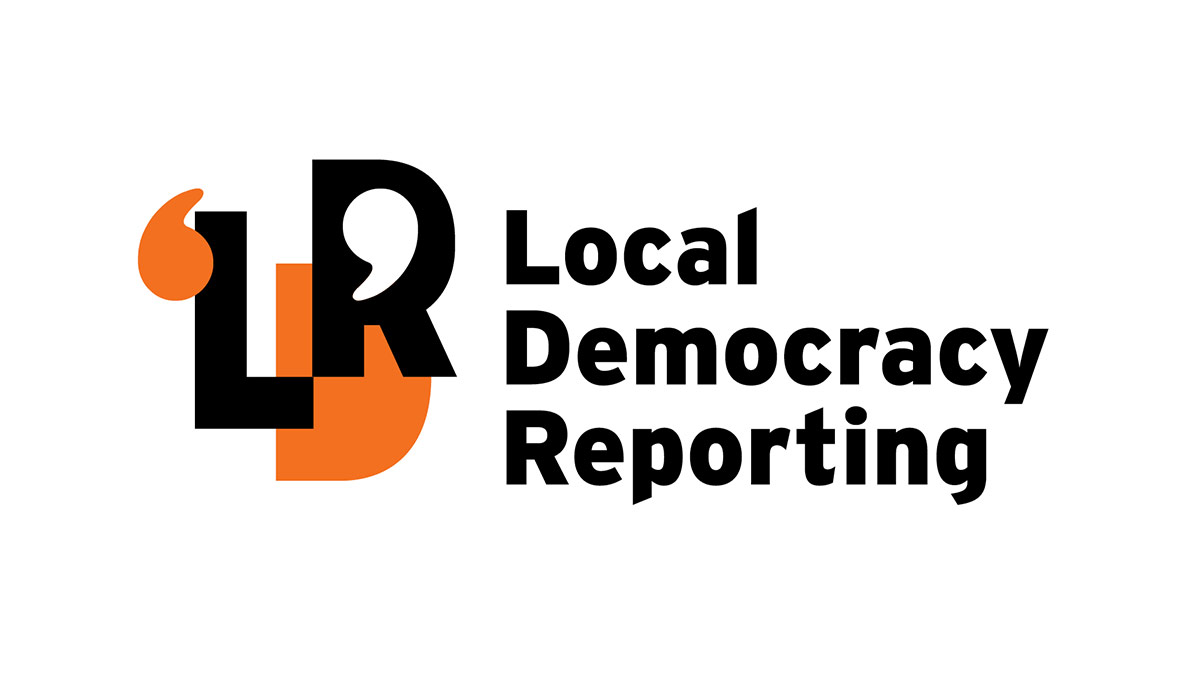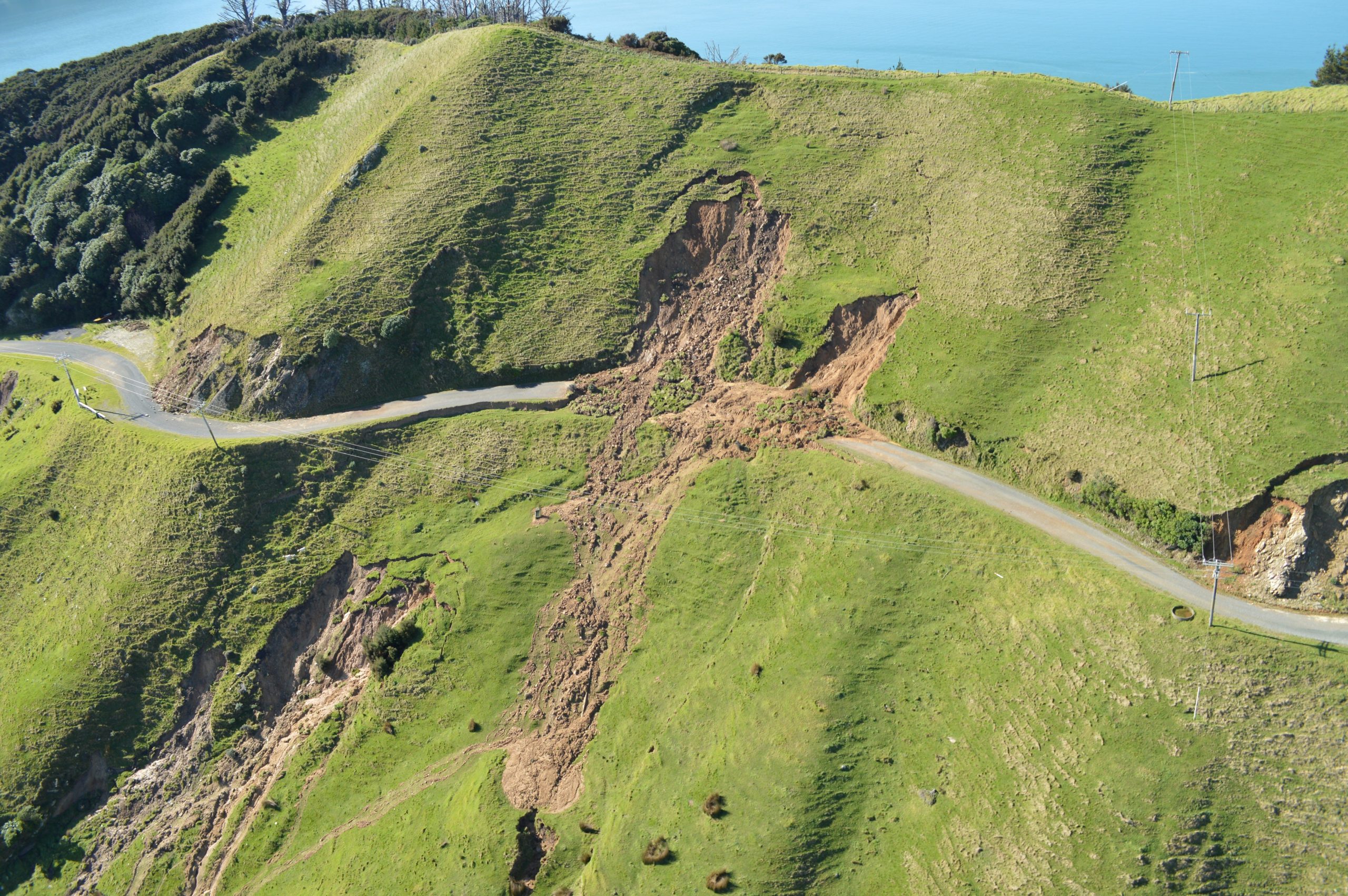Who pays for ‘act of God’ that destroyed Sounds roads?


The road map to fixing Marlborough’s flood damaged roads has been laid out. Photo: Supplied/Waka Katohi.
The “act of God” that destroyed hundreds of kilometres of roads in the Marlborough Sounds will likely set the average Marlburian back hundreds of dollars a year for the next 25 years.
It comes as the Marlborough District Council reveals its “emerging preferred options” for restoring access to the Sounds – which is set to cost about $160 million.
And that’s not counting the money needed to have back-up (marine) options if and when the region gets more natural disasters.
The council is working on the assumption Waka Kotahi will fund about half the $160m, which it has not yet committed to, and ratepayers across the region will cover the rest. However, with inflation, the actual cost to council – and ratepayers – comes in at $95m.
For a typical house in Blenheim, with a land value of $300,000, rates would gradually increase up to an extra $300 a year – when repairs finished in 2029 – and would stay at $300 a year more for another 20 years.
Of course, if Waka Kotahi didn’t come to the rebuild party, the average Marlburian could be looking at an extra $520 a year for 20-plus years.
It probably comes as no surprise then, that the council really wants to hear from the people of Marlborough. Consultation on the Marlborough Sounds Future Access Study opened on Friday, and runs until July 11.
Part of that survey will include the sticky question – should people with properties in the Sounds pay for more of the rebuild than the rest of the region?

Marlborough mayor Nadine Taylor revealed on Friday, when council delivered its preferred options to media, that 60% of properties in the Sounds were owned by people outside Marlborough.
Nadine said the rebuild would be the most significant piece of work during her time as mayor.
“I think it's possibly a unique piece of work, in terms of New Zealand, and I think it's a piece of work that you're going to see replicated probably across the North Island, as some of the councils up there grapple with how they're going to lead their communities up there with roading recovery,” Taylor said.
Engineering consultancy company Stantec was commissioned by the council to assess the options for five parts of the Sounds after the road network was damaged during flooding in July 2021 and August 2022, known as the Marlborough Sounds Future Access Study.
The study broke the Sounds into five areas: Rai Valley to French Pass; Pelorus; the outer Sounds (Kenepuru Rd); Queen Charlotte Drive and Port Underwood.
The options for each, including a “hazard adaption pathway” in case of another disaster, ranged from: road focused, road access, balanced, marine access and marine focus.
The “emerging preferred options” for most of the Sounds, excluding the Kenepuru, was road focused or road access.
The Kenepuru had “significant underlying geological instability” which meant its emerging preferred option was a balanced approach – which included investment in both roading and marine infrastructure. Waka Kotahi would not cover any marine developments.

At the media briefing on Friday afternoon, Emma Speight, Waka Kotahi’s top of the south director of regional partnerships, could not give an indication as to what level of funding Marlborough might get.
She stressed, however, the previous handouts – when Waka Kotahi funded 95% of the flood repair work – was not sustainable.
“It’s really important for us to be able to support our communities across the country,” Emma said.
"We’ve had some of the most significant and damaging weather events our country has experienced, and the infrastructure damage across the North Island has been significant.
“What that means is that the normal budgeting that we do to allow for emergency events is not sufficient.
“So what we have been doing in partnership with Marlborough, is to work through a business case that provides a really robust assessment of what options exist, give the Marlborough community the opportunity to contribute and see what they are prepared to pay for and what that means to them.”

The preferred options
Kenepuru Rd
The “balanced approach” preferred option for the Kenepuru Rd had an estimated cost of $60m for the roading network, and $40m for marine infrastructure.
The road between Torea and Portage would be strengthened, but between Portage and the heads, and Moetapu Bay Rd, only “essential” repairs would be completed.
The roads north of “the heads” would receive targeted improvements, although there could be an increase in the number of one-lane sections, and vehicle length restrictions could be implemented.
Kenepuru Rd between Linkwater and Portage would also receive targeted improvements, with potential for an increase in the number of one-lane sections.
There would be investment in marine facilities at Havelock, Picton, Torea, Portage, Double Bay, Fish Bay and Punga Cove. A new marine hub would be developed near Goulter Bay.
Passenger services between Havelock and Kenepuru Sound would be introduced three times per week, on top of existing passenger services in the Queen Charlotte Sound.
A twice-weekly freight service between Picton and Torea would be introduced, as would a scheduled freight service between Havelock and Kenepuru Sound. Routes, frequencies and subsidies would be subject to consultation.
Queen Charlotte Drive
The preferred option for the Kenepuru Rd was to take a “road focus” which meant building most of the area back stronger – at an estimated cost of $30m. Marine improvements were estimated to cost $10m.
The route from Havelock to Picton would be strengthened, and Anakiwa Rd would receive targeted improvements. Vehicle length restrictions of 12.6m would remain.
Rai Valley to Te Aumiti/French Pass
The preferred option for the Rai Valley to French Pass was “road access” – which included several different outcomes depending on the section of road – at an estimated cost of $45m.
The route from Rai Valley to Elaine Bay would be strengthened, although the section between Okiwi Bay and Elaine Bay might be subject to increased one-lane sections and possible vehicle length restrictions.
The routes from Elaine Bay to Te Aumiti/French Pass, and Rai Valley to Tennyson Inlet, would receive targeted improvements, but there would be an increase in the number of one-lane sections and vehicle length restrictions could be introduced.
The road to Port Ligar and the roads on Rangitoto ki te Tonga/d’Urville Island would receive essential repairs only and would experience increasing one-lane sections and possible vehicle length restrictions.
There would be investment to protect and upgrade the marine facilities at Elaine Bay, Duncan Bay, Tennyson Inlet, Cissy Bay and Port Ligar – estimated to cost $20m.
Te Hoiere/Pelorus
The preferred option for Te Hoiere/Pelorus was a “road focus” which meant the road would be built back with targeted improvements – at an estimated cost of $5m. Meanwhile, a further $2m had been estimated for marine improvements.
The section between Brooklyn Bay and Kaiuma Bay might have increased one-lane sections, and vehicle weight and length restrictions.
Te Whanganui/Port Underwood
The preferred option for Te Whanganui/Port Underwood was “road access” which meant some roads would be built back stronger, some would have targeted improvements, and additional restrictions would be introduced to others – at an estimated cost of $20m. Marine improvements were estimated to cost $7m.
Port Underwood Rd between Waikawa Bay and Oyster Bay would be strengthened.
All other roads would receive targeted improvements, but Tumbledown Bay Rd between the Oraumoa/Fighting Bay entrance and the road end might have length restrictions.
Drop-in sessions
Tuesday, June 20: Lansdowne Park Sports Hub, Blenheim, 5pm-7pm
Wednesday, June 21: Waitaria Bay Hall, 10am-12pm
Thursday, June 22: French Pass Hall, 10am-12pm
Friday, June 23: Linkwater Hall, 2pm-4pm
Monday, June 26: Zoom online, 5.30pm-7.30pm
Tuesday, June 27: The Millers Rest, Rai Valley, 10am-12pm
Tuesday, June 27: Trafalgar Centre, Northern Extension, Nelson, 3pm-5pm
Wednesday, June 27: Port Marlborough Pavillion, Picton, 12pm-2pm
Public Interest Journalism funded through NZ on Air.
